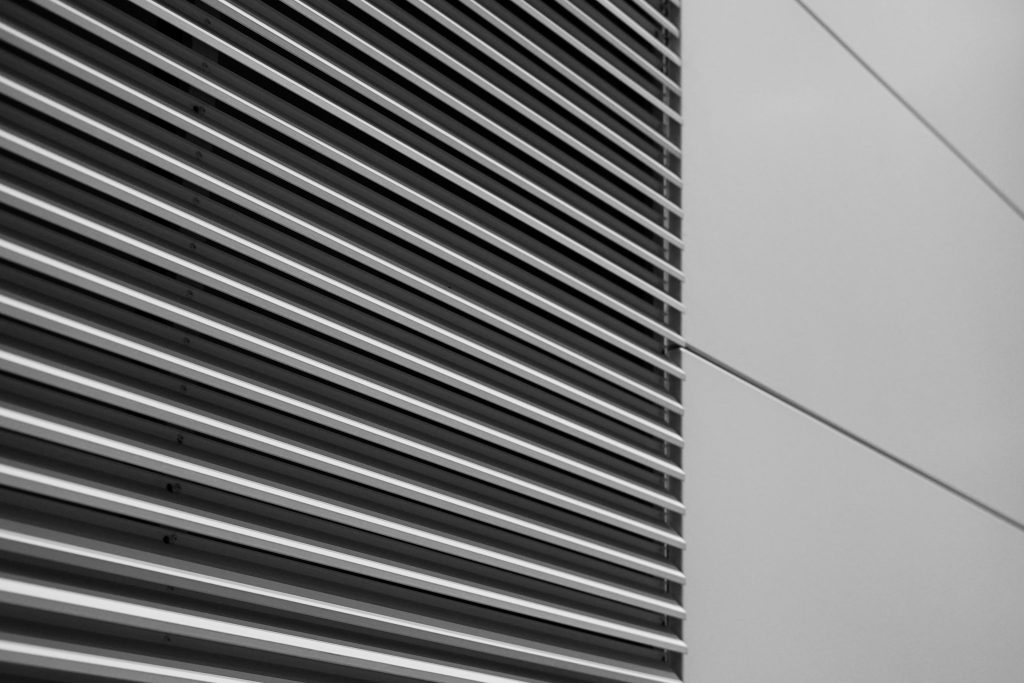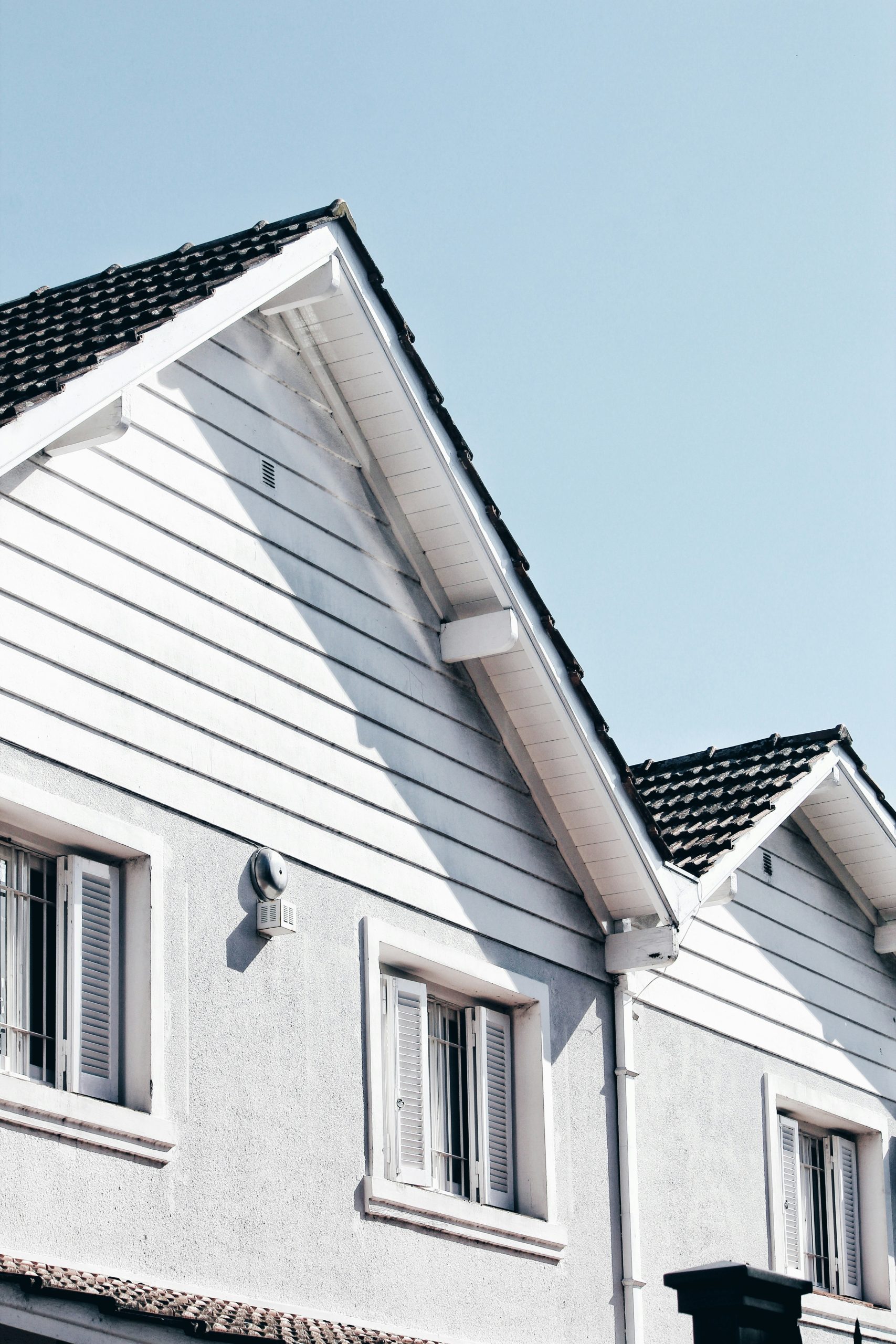Signs Your Heating and Cooling System Needs an Upgrade
As the seasons change, your heating and cooling system should work seamlessly to keep your home comfortable. But sometimes, subtle signs point to more significant issues lurking beneath the surface. These warning signals can’t be ignored, whether it’s a sudden spike in energy bills or uneven temperatures throughout the house. Knowing when to upgrade your system can save you money, improve comfort, and prevent more costly repairs down the road.
Photo by Phill Brown on Unsplash
The most common sign that your HVAC system needs attention is inconsistent temperature regulation. If certain rooms are colder or hotter than others, your system may be struggling to distribute air effectively. Over time, this can lead to inefficiencies that strain your system, driving up energy costs.
Another key indicator is an increase in utility bills. As systems age or become less efficient, they work harder to maintain the same comfort level. This excess energy consumption results in higher bills, and if you’re noticing a sudden increase despite normal usage, it could be time to consider an upgrade.
Frequent breakdowns and odd noises are also signs that your system is on its last legs. Constant repairs are not only inconvenient but can quickly add up. If your HVAC system is nearing 10-15 years old and you’re calling the repairman more often than you’d like, it might be time to invest in a more reliable, energy-efficient model.
In a place like Katy, TX, where summers bring relentless heat and winters can still get surprisingly chilly, having a reliable HVAC system isn’t just a luxury—it’s a necessity. Energy costs continue to rise, and outdated systems only add to the strain on both your home and your wallet. Whether your unit is struggling to cool certain rooms, making unusual noises, or driving up your electricity bill, these could be signs that it’s time for an upgrade.
Let’s review the key signs that your heating and cooling system may need replacing, why waiting too long can be costly, and what to consider when making the switch.
Your HVAC System Is Over 10–15 Years Old
Just like cars and appliances, HVAC systems have a lifespan. If yours is over a decade old, it’s probably past its prime. Most systems last 10 to 15 years, depending on maintenance and usage.
Think of it this way: If your HVAC system were a smartphone, it would be a flip phone from the early 2000s—functional but far behind today’s technology. Modern HVAC systems are more energy-efficient, quieter, and better at controlling temperature.
If your unit is getting up there in years, it’s time to look up HVAC service Katy TX, or your local area to find local professionals who can assess its condition. A technician can tell you whether a repair will keep it running for a while longer or if replacing it is the smarter choice.
Your Energy Bills Keep Rising
If your heating and cooling costs are climbing but your usage hasn’t changed, your HVAC system might be the culprit. Older systems become less efficient over time. Even if they seem to be running fine, they may be working twice as hard to heat or cool your home.
The U.S. Department of Energy says that almost half of your home’s energy comes from heating and cooling. If your HVAC system is old, it’s probably using more energy than it should. Newer models are designed to work better using less power, which can help lower your energy bills.
A good way to check efficiency is by looking at your SEER (Seasonal Energy Efficiency Ratio) rating. Older units may have a SEER rating of 10 or lower, while modern systems can reach 20 or higher. The higher the rating, the more energy you save.
Frequent Repairs Are Draining Your Wallet
Does it feel like you’re calling a technician for another HVAC issue every few months? A repair here, a part replacement there—those costs add up.
At some point, repairs become a bad investment. If you’re spending half the cost of a new system on repairs, it’s time to replace it. Constant breakdowns mean your unit is struggling to keep up, and eventually, it will stop working altogether—probably on the hottest or coldest day of the year.
Your Home Has Hot and Cold Spots
A properly functioning HVAC system should evenly heat or cool your home. If you’re noticing one room feels like a freezer while another feels like a desert, your system might be losing efficiency.
Common reasons for uneven temperatures include:
- An aging system that can no longer distribute air properly.
- Leaky ductwork that’s wasting air before it reaches certain rooms.
- An incorrectly sized unit that’s either too small or too large for your home.
A professional HVAC technician can assess your system and recommend whether it needs replacement, repair, or ductwork repair.
Strange Noises and Unpleasant Odors
Your HVAC system should run quietly in the background. Something is wrong if you’re suddenly hearing banging, rattling, or screeching.
Unusual noises often signal:
- Loose or broken parts.
- A failing motor.
- A clogged air filter or blower issue.
Similarly, odd smells can indicate serious problems:
- Musty odors → Possible mold growth in the ducts.
- Burning smells → Overheating components.
- Rotten egg smell → A gas leak (if your system uses gas).
Strange noises and odors are warning signs. If they don’t go away after basic maintenance, an upgrade may be your best option.
Your System Uses R-22 Refrigerant
If your HVAC system is over 10 years old, it may use R-22 refrigerant (also known as Freon). This refrigerant has been phased out due to environmental concerns, and as of 2020, it is no longer manufactured.
Why does this matter? R-22 is expensive and hard to find if your system needs a refrigerant recharge. Modern HVAC systems use R-410A, which is more efficient and environmentally friendly.
If your unit still runs on R-22, it’s time to consider an upgrade before refrigerant prices rise even further.
Smart Technology Can Improve Comfort and Efficiency
Today’s HVAC systems have smart technology that makes life easier and saves money. You’re missing out on a major upgrade if your system doesn’t offer programmable temperature control.
Newer units can:
- Adjust temperatures automatically based on your schedule.
- Connect to smart home devices like Alexa or Google Home.
- Monitor energy use and help reduce costs.
Smart thermostats and high-efficiency HVAC systems work together to keep your home comfortable while lowering energy bills.
The Cost of Waiting Too Long
Some homeowners delay upgrading their HVAC system because they don’t want the upfront cost.
But waiting too long can cost even more in:
- Higher energy bills.
- Frequent and expensive repairs.
- Emergency replacements when the unit suddenly stops working.
Many utility companies and state programs offer rebates and incentives for upgrading to energy-efficient systems. These can help offset the cost of a new unit.
If your HVAC system is old, inefficient, or constantly breaking down, it might be time for an upgrade. Newer systems run more efficiently, lower energy bills, and improve comfort in your home.
Upgrading your system before it fails completely can save you from last-minute stress and costly emergency repairs. By recognizing these signs early, you can make a wise investment that pays off in the long run.
Making the Right Choice for Comfort and Efficiency
Upgrading your heating and cooling system isn’t just about fixing problems; it’s about ensuring long-term comfort and efficiency for your home. By recognizing the signs of a failing system, you can take proactive steps to avoid costly repairs and enjoy a more consistent, energy-efficient climate. An upgrade can provide you with improved air quality, lower utility bills, and a more reliable system for years to come.
Making the decision to replace an old HVAC system may seem daunting, but the benefits far outweigh the short-term costs. A modern, energy-efficient unit will provide comfort and increase your home’s overall value. Investing in a new system today can give you peace of mind and help you avoid future headaches, all while keeping your home at the perfect temperature year-round.






